Outer Space & Universe
Outer Space & Universe
Space, also known as outer space, is the near-vacuum between celestial bodies. It is where everything (all of the planets, stars, galaxies and other objects) is found.
On Earth, space begins at the Kármán line (100 km above sea level). This is where Earth's atmosphere is said to stop and outer space begins. This is not a firm boundary but is a convention used by scientists and diplomats.
Items in space are free to move back and forth; up and down; and left and right. These three dimensions are what make 3D space. Items also move forward through time, which is sometimes called the fourth dimension.
The majority of space contains very little matter and so most of it is a vacuum. Scientists do not know how big space is but we do know that space is extremely big, and is always expanding.
According to the big bang theory, all matter and energy in the Universe was compressed into a very small space. Then it exploded and started expanding. Space is still growing in size today; this means the distance from one galaxy to distant galaxies is getting longer.
Gravity is the force that keeps the Moon in orbit around the Earth and the planets in orbit around the Sun. Gravity can stretch and bend space similar to how a heavy ball placed on a stretched sheet of rubber will cause the rubber to stretch. The scientist who discovered that space can bend is named Albert Einstein. How gravity bends space is part of his theory of general relativity.
Astronauts, Cosmonauts, Taikonauts and Spationauts
An astronaut is any person who is trained by NASA to travel and perform tasks in space. Although the space traveler may not necessarily be a United States citizen, each astronaut does go through a rigorous training regiment by the National Aeronautics and Space Administration. Other space travelers go by other names then astronaut depending on their country of origin.
In the United States, astronaut is derived from the Greek words ástron (star) and nautis (sailor). While, in Russia, a space traveler goes by the name космонавт (English: cosmonaut), which is derived from the Greek words kosmos (universe) and nautis (sailor). Westerners call a space traveler from China a taikonaut, based on the 1998 writings of Chiew Lee Yik and Chen Lan where the term tàikōng (great emptiness), Chinese for “space”. In China, the term yuháng yuán (universe navigator) is used for space traveler.
Only the United States of America (United States), Russia (earlier, the Union of Soviet Socialist Republics), and the People’s Republic of China (China) have sent manned spacecraft into space. Other countries have assisted these countries by sending their own space travelers on space missions. For instance, a French space traveler is called a spationaut (from the French word spationaute), which is derived from the Latin spatium (space) and Greek nautis (sailor). (plural in Greek nautes = sailors)
-
06:08
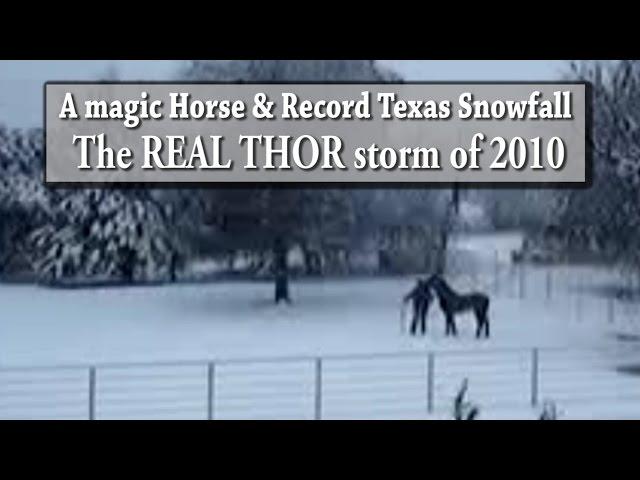
A Magic Horse & record Texas Snowfall - 2010 - the REAL THOR storm
Added 876 Views / 0 LikesA Magic Horse & record Texas Snowfall - 2010 - the REAL THOR storm
-
1:09:50
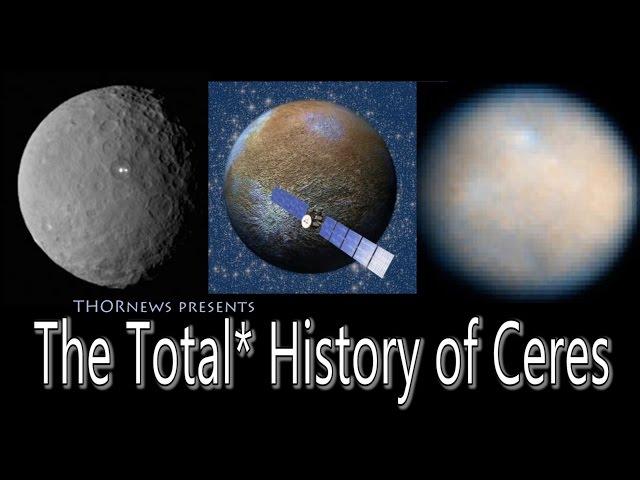
The Total* History of dwarf planet Ceres
Added 797 Views / 0 LikesThe Total* History of dwarf planet Ceres
-
01:05
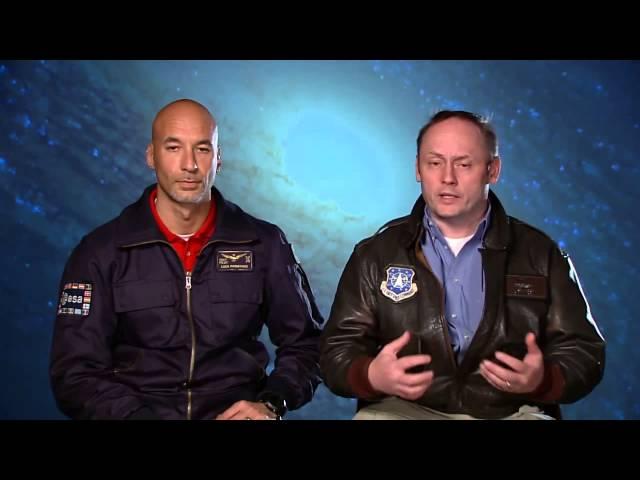
Leonard Nimoy's Impact On NASA and ESA - Astronauts Reflect | Video
Added 650 Views / 0 LikesLeonard Nimoy's Impact On NASA and ESA - Astronauts Reflect | Video
-
08:26
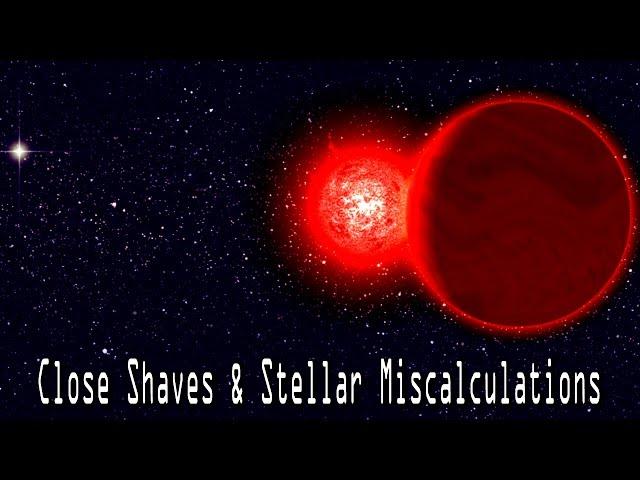
Binary Stars whizzed passed our Solar System. When?
Added 1,243 Views / 0 LikesBinary Stars whizzed passed our Solar System. When?
-
01:54
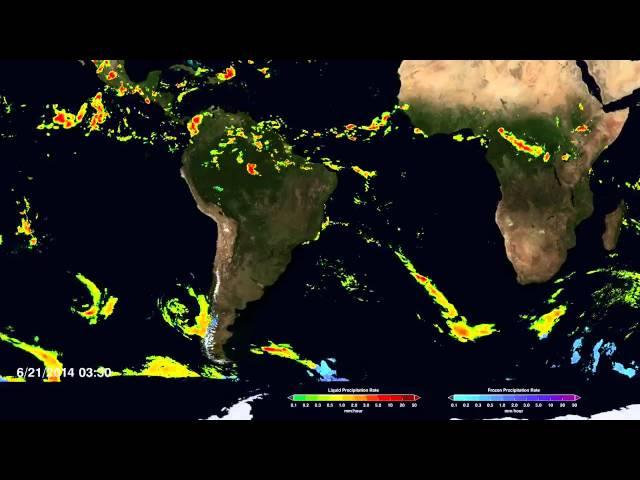
Worldwide Precipitation Time-Lapsed From Satellite Data | Video
Added 779 Views / 0 LikesWorldwide Precipitation Time-Lapsed From Satellite Data | Video
-
05:12

Ground-Based Telescope Peers Further Than Hubble | Video
Added 774 Views / 0 LikesGround-Based Telescope Peers Further Than Hubble | Video
-
01:24
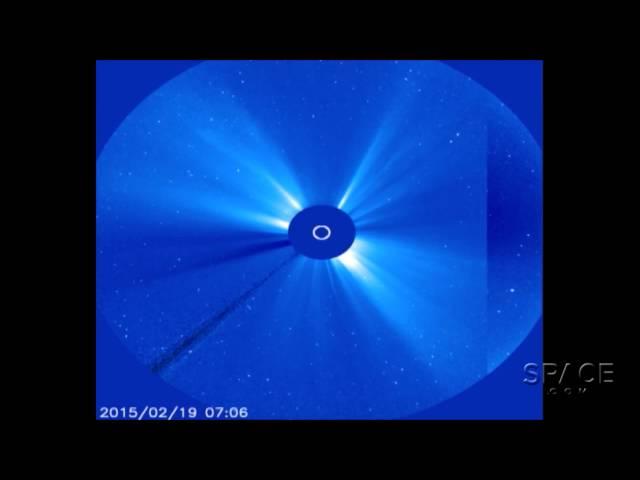
Weird, Tiny Comet Survives Solar 'Death Dive', Brightens | Video
Added 779 Views / 0 LikesWeird, Tiny Comet Survives Solar 'Death Dive', Brightens | Video
-
06:11
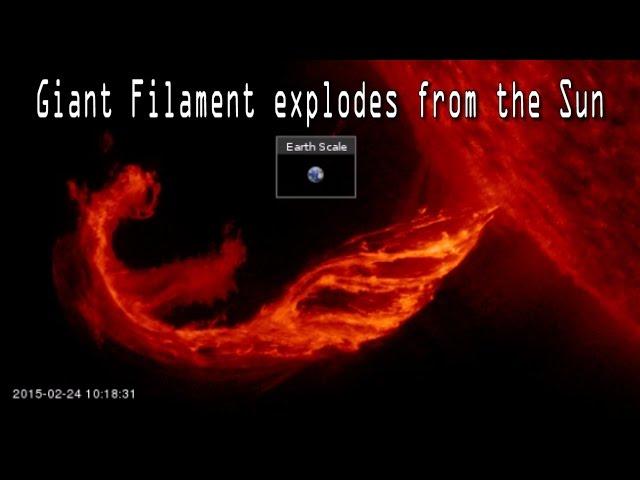
Giant Filament EXPLODES from the Sun
Added 842 Views / 0 LikesGiant Filament EXPLODES from the Sun
-
03:06

Texas ThunderSleet! A THORnews personal Weather share!
Added 849 Views / 0 LikesTexas ThunderSleet! A THORnews personal Weather share!
-
04:28
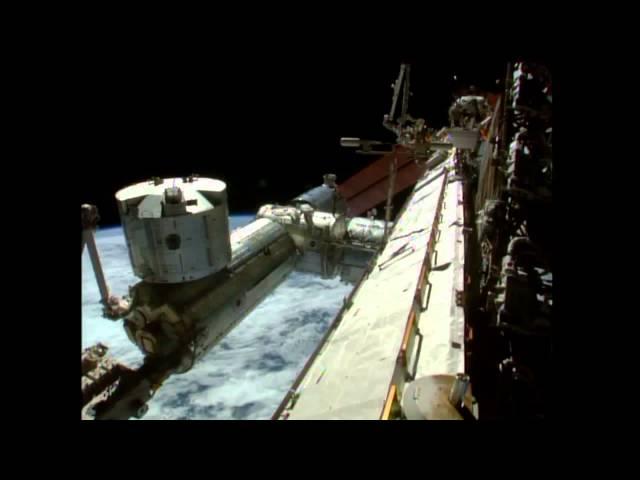
Spacewalkers Start Work On Commercial Docking Port To ISS | Video
Added 570 Views / 0 LikesSpacewalkers Start Work On Commercial Docking Port To ISS | Video
-
06:08
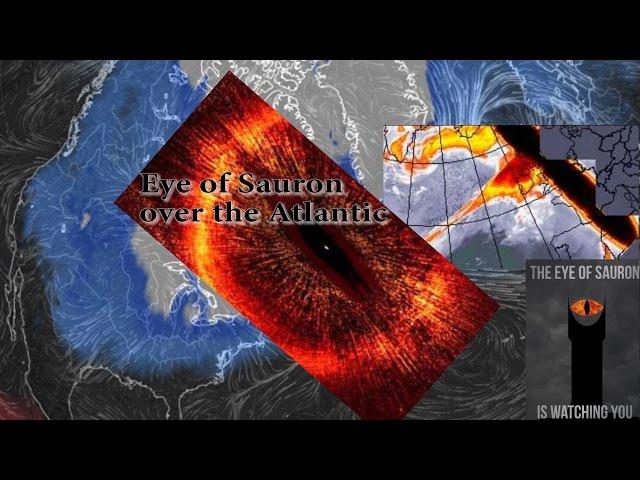
Eye of Sauron in the Atlantic? WTF.
Added 758 Views / 0 LikesEye of Sauron in the Atlantic? WTF.
-
05:34

Mega Monster Coronal Mass Ejection & Unusual Sungrazing Comet!
Added 856 Views / 0 LikesMega Monster Coronal Mass Ejection & Unusual Sungrazing Comet!
-
03:30
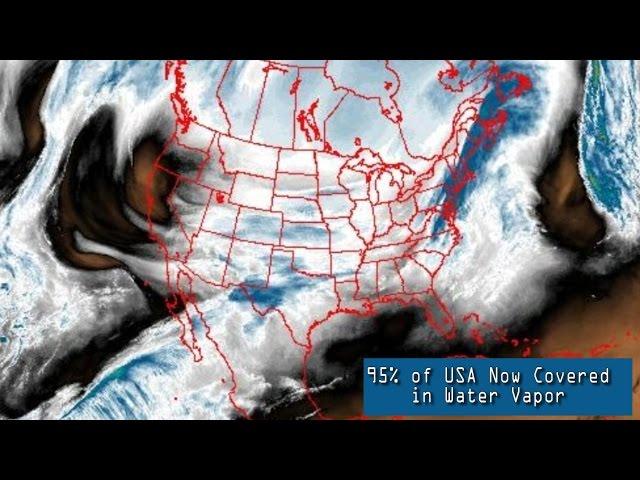
BIG Storms ahead! 95 percent on USA now covered in water vapor.
Added 793 Views / 0 LikesBIG Storms ahead! 95 percent on USA now covered in water vapor.
-
04:21

DANGER! WTF? Temperatures dropped to ZERO off California coast for NO REASON
Added 952 Views / 0 LikesDANGER! WTF? Temperatures dropped to ZERO off California coast for NO REASON
-
01:53

SLS Booster 'Veins' Run Underground For Test On Earth | Video
Added 641 Views / 0 LikesSLS Booster 'Veins' Run Underground For Test On Earth | Video
-
16:09

My Angry Rant: The Astonishers & The Truth community
Added 806 Views / 0 LikesMy Angry Rant: The Astonishers & The Truth community
-
01:59

Playful Astrophysicists Do Serious Science – The LIGO Mome
Added 658 Views / 0 LikesPlayful Astrophysicists Do Serious Science – The LIGO Mome



